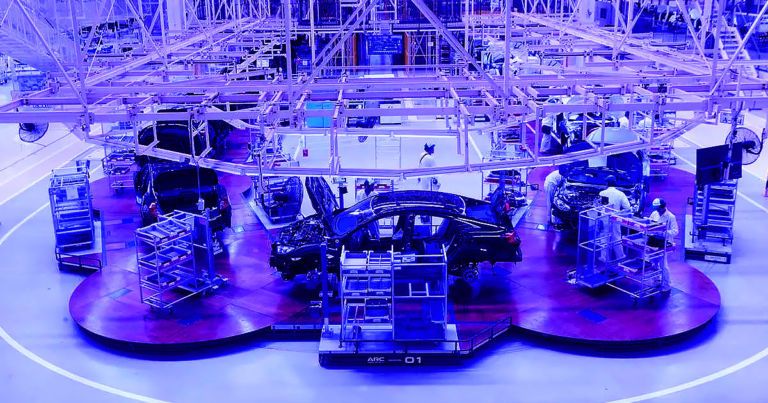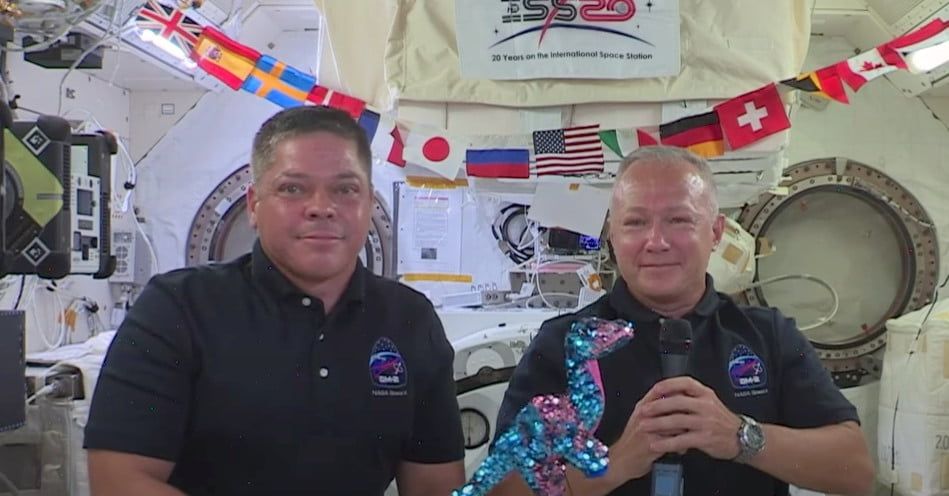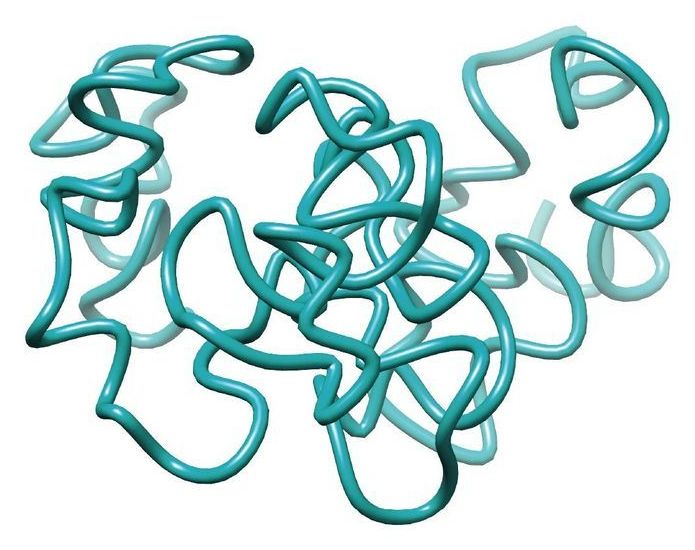Quantum computers could keep it secure like the dwave.
By now, the company is mostly back online.

Extreme graphics: 3.
A new power is born out of the ancient Pyramid ship above Europa’s frozen frontier, and a dark empire has risen beneath, united under the banner of the Fallen Kell of Darkness, Eramis. Join your fellow Guardians and bring down the empire at any cost – even if it means wielding the Darkness itself.
As the new threat emerges, so too does a mysterious new power – Stasis. Rooted in Darkness, Guardians will wield this new elemental power alongside Arc, Solar, and Void to dominate the battlefield. Titans, Warlocks, and Hunters each use Stasis in a different way, from slowing down foes with Stasis fields to encasing and shattering enemies with destructive might.
Pre-Order Beyond Light: bung.ie/BeyondLight
FOLLOW DESTINY:
Facebook: https://www.facebook.com/DestinyTheGame
Twitter: https://www.twitter.com/destinythegame
Instagram: https://www.instagram.com/destinythegame
Discord: http://www.discord.gg/destinygame
FOLLOW BUNGIE:
Facebook: https://www.facebook.com/Bungie/
Twitter: https://www.twitter.com/bungie
Instagram: https://www.instagram.com/bungie/
⠀ ⠀ ⠀ ⠀
Dive into the free-to-play world of Destiny 2 to experience responsive first-person shooter combat, explore the mysteries of our solar system, and unleash elemental abilities against powerful enemies. Create your Guardian and collect unique weapons, armor, and gear to customize your look and playstyle. Experience Destiny 2’s cinematic story alone or with friends, join other Guardians for challenging co-op missions, or compete against them in a variety of PvP modes.


New roll-to-roll production method could enable lightweight, flexible solar devices and a new generation of display screens.
A new way of making large sheets of high-quality, atomically thin graphene could lead to ultra-lightweight, flexible solar cells, and to new classes of light-emitting devices and other thin-film electronics.
The new manufacturing process, which was developed at MIT and should be relatively easy to scale up for industrial production, involves an intermediate “buffer” layer of material that is key to the technique’s success. The buffer allows the ultrathin graphene sheet, less than a nanometer (billionth of a meter) thick, to be easily lifted off from its substrate, allowing for rapid roll-to-roll manufacturing.


The Cambrian period was a time when every imaginable type of life-form evolved. Every imaginable life-form includes parasites. When exactly parasitism spawned is still a mystery, but it makes sense that parasites would have crawled out with all the other creatures that appeared during the burst of l…
SpaceX’s Starlink satellite constellation is still deep into testing mode, but it’s already generating 5 trillion bytes of data on a daily basis and getting software updates on a weekly basis.
Those are a couple of the nuggets coming from a weekend Reddit “Ask Me Anything” session featuring SpaceX’s software team.
The main focus of the online chat was SpaceX’s successful mission sending NASA astronauts Bob Behnken and Doug Hurley to the International Space Station in a Crew Dragon capsule — but one of the team members, Matt Monson, has moved on from Dragon to take charge of Starlink software development.

The three-dimensional structure of the human genome is essential for providing a rapid and robust inflammatory response but is surprisingly not vital for reprogramming one cell type into another, according to research published today in Nature Genetics. The findings shed new light on the fundamental relationship between how a genome folds and the function of a cell.

Billionaire investor Ron Baron believes there’s still plenty of room for growth for Elon Musk’s Tesla and SpaceX companies.
Baron said Tuesday morning on “Squawk Box” that he believes “there’s 10 times more to go” with Tesla. He also said SpaceX, a privately held company, will grow by a multiple of 20 in the next 10 years. He previously predicted similar growth for Tesla.

3. Evolution shifts to off-world human colonies.
4. Transhumanism will drive evolution.
Is natural selection still a major force in human evolution? As far back as high school biology, we’ve been taught to think the answer must be yes. But is it really true?
Charles Darwin published his groundbreaking On the Origin of Species back in 1859, around the same time that Charles Dickens was making a name for himself writing about social conditions in England. Dickens’ stories emerge from a period in which only 50 percent of British children survived to adulthood — a number not so different from animals in the jungle. In that vein, Darwin was right when he said natural selection was operating on humans full force.
Yet the forces that came into play in the 1850s are far different from those we experience today, prompting some high profile biologists to suggest that our advanced medical capabilities have, in effect, blunted natural selection. In a 2013 Radio Times interview, science communicator David Attenborough described it this way: